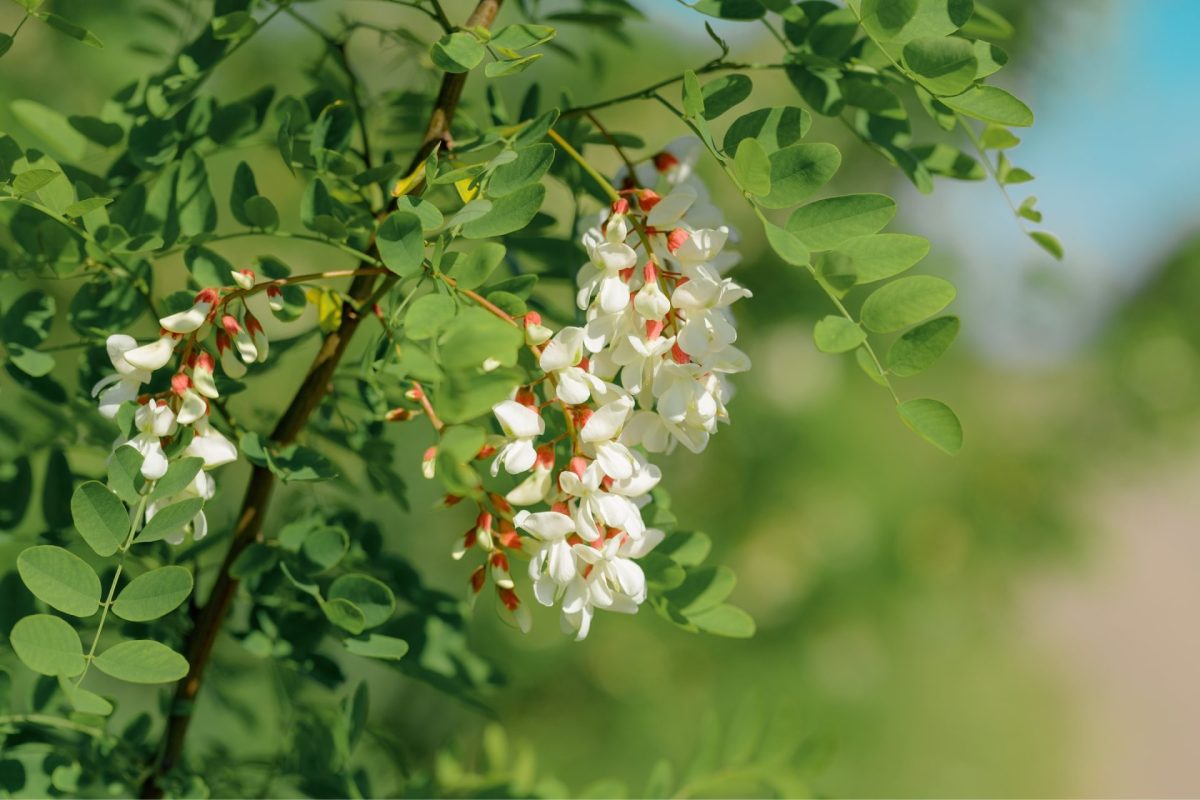Native North American Trees Known for Replacing Nitrogen in the Soil

Posted on April 11, 2025 by Van Becelaere Greenhouse
Native North American trees are crucial in enriching soil health, mainly through their ability to fix nitrogen. These trees have a symbiotic relationship with a nitrogen-fixing bacteria that converts atmospheric nitrogen into a usable plant form.
That natural process diminishes the need for synthetic fertilizers and supports sustainable ecosystems. Below, we explore some key examples of these trees and their benefits.
What is Nitrogen Fixation?
Nitrogen fixation is a biological event whereby a plant or tree converts nitrogen (N₂) into ammonia (NH₃) to absorb. Native North American trees, such as alders and locusts, achieve the transference of nitrogen to the soil through root nodules containing symbiotic bacteria like Rhizobium or Frankia, a process that:
- Enriches soil fertility naturally
- Supports plant growth in nutrient-poor soils
- Reduces dependency on chemical fertilizers
Red Alder: A Pioneer in Soil Enrichment
The red alder (Alnus rubra), native to the Pacific Northwest, is one of the most effective nitrogen-fixing species. Its roots harbor Frankia bacteria, which convert atmospheric nitrogen into ammonia that enriches the soil. Key features of red alder include:
- Thrives in moist areas, especially along rivers
- Colonizes disturbed or nutrient-poor soils
- Accelerates the availability of other nutrients like calcium and phosphorus through rock dissolution
Black Locust: A Versatile Nitrogen Fixer
The black locust (Robinia pseudoacacia) is another prominent nitrogen-fixing tree native to eastern North America. Known for its adaptability, it thrives in various soil types and conditions. Key benefits include:
- It improves soil organic matter and doubles nitrogen levels
- Acts as a pioneer species in degraded landscapes
- Provides erosion control and stabilizes soils
Honeylocust: A Multifunctional Legume Tree
The honeylocust (Gleditsia triacanthos) is a leguminous tree that fixes nitrogen at lower rates than nodulated legumes but still contributes significantly to soil fertility. It is often used as a nurse crop to improve soil for other plants. Benefits include:
- Enhances foliage nitrogen content for interplanted crops
- Tolerates diverse growing conditions
- Supports agroforestry systems
NOTE: Although the redbud tree is a member of the legume family, it does not form the nitrogen-fixing root nodules needed to transfer nitrogen to the soil.
How Native North American Trees Benefit Ecosystems
These nitrogen-fixing trees provide numerous ecological and agricultural advantages:
- Soil Fertility: They naturally replenish nitrogen levels, reducing the need for synthetic fertilizers.
- Erosion Control: Their deep root systems stabilize soil on slopes and degraded lands.
- Carbon Storage: By improving overall forest health, they contribute to carbon sequestration.
- Biodiversity: They create habitats for various plant and animal species.
Planting Tips for Nitrogen-Fixing Trees
To maximize the benefits of nitrogen-fixing trees, consider these tips:
- Choose species suited to your region’s climate and soil type.
- Plant in areas with poor soil to kickstart ecosystem recovery.
- Combine with crops or grasses for integrated agroforestry systems.
- Regularly coppice fast-growing species like black locust to maintain growth and nutrient cycling.
Native North American trees such as red alder, black locust, and honeylocust are invaluable for fixing nitrogen and improving soil health. Incorporating these trees into landscapes or agricultural systems can foster more sustainable ecosystems while reducing reliance on chemical inputs.
Stop in at Van Becelaere Greenhouse and talk with their tree experts about nitro-fixing trees for your property, and they can order what you are looking to plant in your yard.
